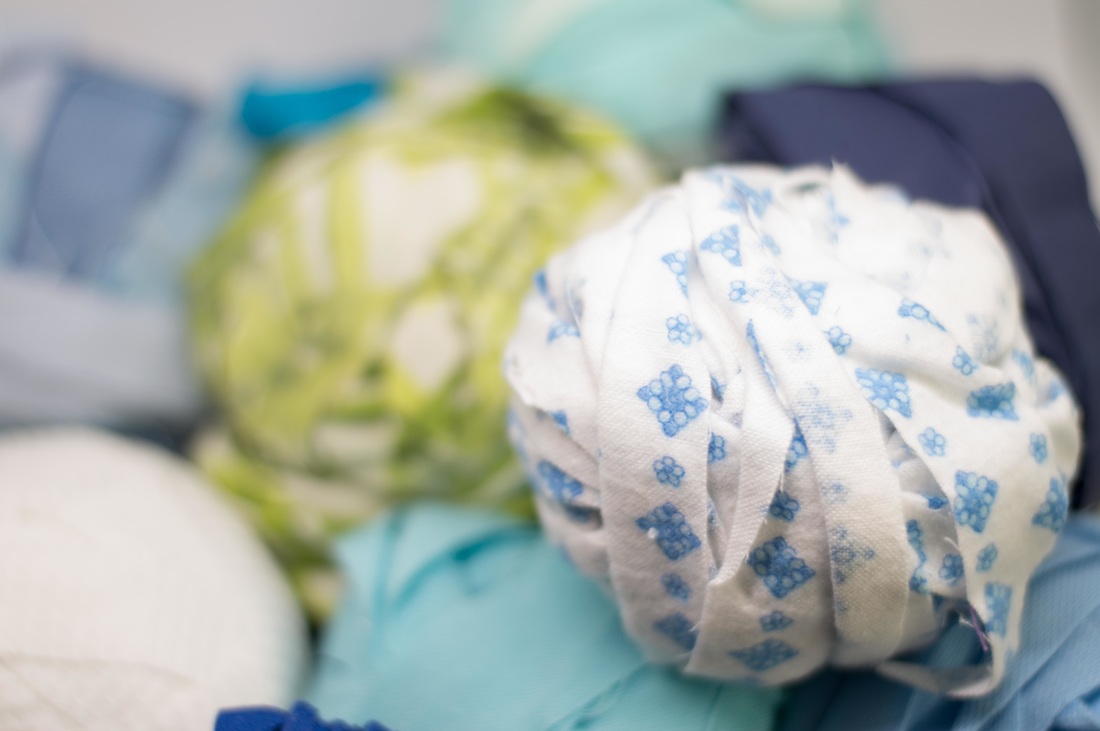|
I missed week four of Slow Fashion October. As in, not only did I not blog about it, but as the week whizzed by, I missed thinking about it, I missed creating, I missed all the wonderful conversations around last week's theme, Worn.
In a way, my post for week three, about my most loved pieces, is also a post about worn pieces. In the few moments I could think about Slow Fashion October last week, I beat myself up for not thinking ahead, for not having the time, for wasting an opportunity. But that's not what Slow Fashion October is about. It's not about beating ourselves up for past choices. It's not about feeling like a failure when life suddenly speeds up and things get out of control for a while. Slow fashion isn't even always about fashion. Slow fashion is about what we do have. About taking the time we have (however little) to think about our fashion choices. About taking the resources we have to make conscious choices about the clothes we make, buy, and wear. About sharing how and when we can. About what happens to our clothes when they can't be worn any more. Ultimately, it's about feelings and relationships and attitudes and the actions we take. Bristol Ivy said it for me on her Instagram page - the idea of having something in my wardrobe that isn't worn is a bit foreign to me. Ideally, clothes only come into my life if they are exactly what I'm looking for and then they stay there until they're practically rags.
Last weekend, I bought a loom. I've been taking a weaving class and renting a table loom, but aching for a "real" loom of my own. As in, a loom big enough to weave rugs and yardage for clothing.
And that's exactly what I got. The loom belonged to a woman named Marly, who was a weaver, spinner, and crocheter. Along with the loom came all her weaving equipment, as well as fourteen boxes of yarn. Except it wasn't all yarn. As I dove into the boxes, I found that several of them were full of very worn clothing that Marly intended to cut up for rag rugs. Here was a woman who had surely never heard of KonMarie, and would have found the prospect of throwing things away truly wasteful. Like everyone just a few generations ago, Marly knew that even when clothes were rags, they still had value and the ability to spark joy. They could be transformed into quilts or rag rugs - useful objects that are works of art unto themselves. Today it's easy to understand the appeal of throwing away worn clothing or sending it to the thrift store. It's easy. It doesn't require much work or much thought. Marly's boxes of old clothes are just the opposite. As I sift through them, I think about how she wore each garment, how best to cut it up, how to combine each color and texture I find. It's daunting to think of the work ahead, but then I realize that many of these items are so worn they'd never be sold at the thrift store - they'd be boxed up and shipped somewhere else for someone else to deal with. The thing about fashion - slow or otherwise - is that even after we're long gone, like Marly, some of our clothes will still be out there. I'd like to be a part of bringing back the part of our culture that knows how to make good use out of worn clothes once they can't be used anymore. So no matter how daunting it is, I'll be over here, making these worn clothes into something else. It's going to take me a while, but isn't that what slow fashion is all about?
Loved this story? Be sure to sign up below for Fiber Sprite updates only available through email!
Comments are closed.
|
Archives
January 2024
Categories
All
This website uses marketing and tracking technologies. Opting out of this will opt you out of all cookies, except for those needed to run the website. Note that some products may not work as well without tracking cookies. Opt Out of Cookies |

 RSS Feed
RSS Feed